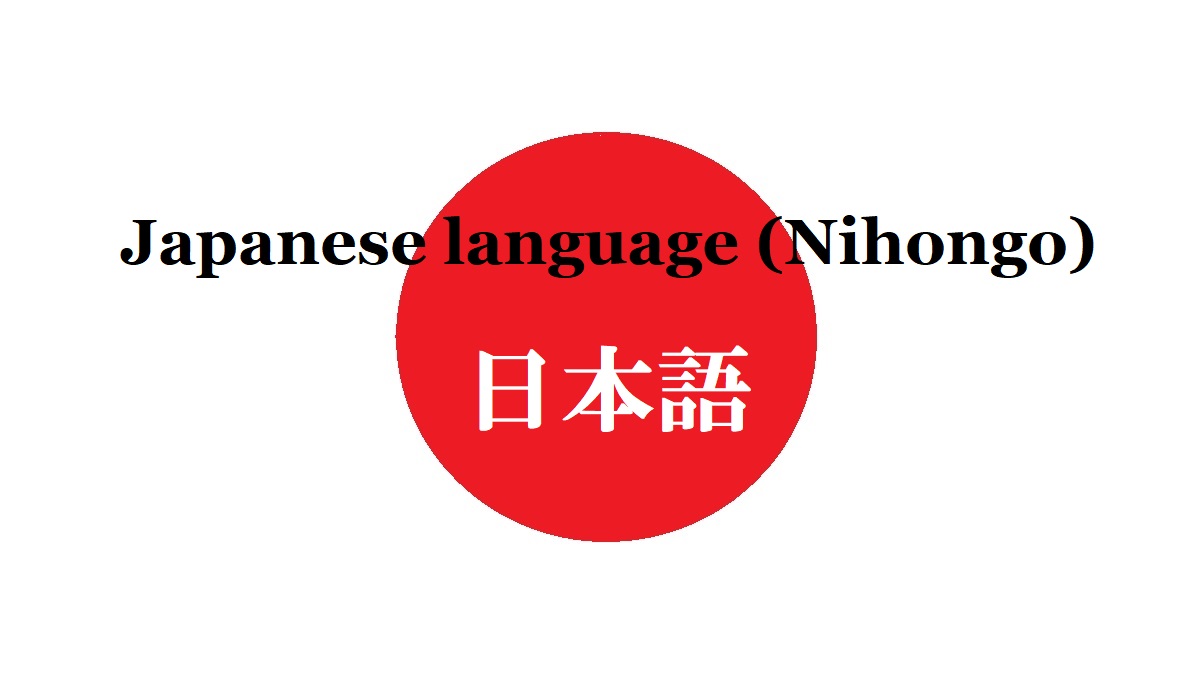[Step.11] Unique grammatical points of Japanese
Japanese has only the present and the past tenses
In Japanese, there are only the present and the past tenses.
When we make a sentence in the past tense, auxiliary verb "ta" is added the the end of verb group.
We use the sentence in the past tense only when we talk a past event.
In the other cases including the future tense, all sentenses are the present tense.
It's only that.
Noun has no plural form
That’s very fortunate thing.
We must learn the plural forms in English or other main languages.
But to learn Japanese, you don’t need to worry about such a thing.
When quantity or number of a noun is expressed, you only put the adverb or adverbial phrase before the noun.
However, there are plural words about noun of person.
To express more than one person, the words are often used.
Of course, it is OK to use the singular form.
hito (人) = person, people
hitobito (人々) = group of people
And you can make the plural words of typical person by adding “tachi” at the end of singular form.
kodomo (子供) = child
kodomotachi (子供たち) = children
jôkyaku (乗客) = passenger
jôkyakutachi (乗客たち) = passengers
When counting things, any unit word is usually used
In many languages including English, the words of number are used for counting directly.
But, Japanese need to add an appropriate unit word to the number.
And there are a lot of unit words.
Basically, the usage is the following
(number)-(unit) no (noun)
The some main unit words are the following.
ko (個) = general object
nin (人) = person
hon (本) = long object
mai (枚) = thin object like sheet
dai (台) = car, machine
satsu (冊) = book
ken (軒) = house
chaku (着) = cloths
soku (足) = shoes
As above, a unit name is fixed for the type of thing.
And the above words are a part of all unit names.
For example,
3 candies = 3-ko no ame (reading : san-ko)
6 children = 6-nin no kodomotachi (reading : roku-nin)
4 tickets = 4-mai no kippu (reading : yon-mai)
10 hotels = 10-ken no hoteru (reading : jukken)
2 pairs of shoes = 2-soku no kutsu (reading : nisoku)
Conjunctions
Connection of nouns
In English, "and" and "or" are used.
But there are some conjunctions, and you can use freely.
and = to, oyobi, soshite
or = matawa, aruiwa
For example,
Tokyo, Nikko, Kyoto and Osaka =
Tôkyô to Nikkô to Kyôto to Ôsaka
Tôkyô, Nikkô to Kyôto, soshite Ôsaka
Tôkyô to Nikkô oyobi Kyôto to Ôsaka
Tokyo, Nikko, Kyoto or Osaka =
Tôkyô, Nikkô, Kyôto matawa Ôsaka
Tôkyô, Nikkô matawa Kyôto aruiwa Ôsaka
Simple connection of sentences
There are some conjunctions for connecting sentences simply.
and, then = (Masu-form of verb), soshite, sorekara, sorede
but = (sentence) + ga, shikashi, demo
When a sentence ends by "Masu-form of verb", next sentence can be connected like using "and".
It is very convenient.
For example,
Watashi wa kinô Tôkyô ni tsuki, hoteru e iki, soshite kyô Kyôto e iki masu.
And when a particle "ga" is put at the end of a sentence, next sentence can be connected like using "but".
For example,
Watashi wa nama no sakana o kirai deshi ta ga, Tôkyô de sushi o tabe mashi ta.
dislike (verb) = kiraina (adjective)
raw = nama no
fish = sakana
Of course, the conjunctions can be used at the top of the sentence.
Watashi wa nama no sakana o kirai deshi ta.
Shikashi, watashi wa Tôkyô de sushi o tabe mashi ta.
Complex sentence
There are some conjunctions for complex sentences in English.
For example, when, while, if, etc.
In Japanese, the following words are often used.
(Sentence A) toki (Sentence B) = When (Sentence A), (Sentence B)
(Sentence A) mae ni (Sentence B) = Before (Sentence A), (Sentence B)
(Sentence A) ato de (Sentence B) = After (Sentence A), (Sentence B)
(Sentence A) aida (Sentence B) = While (Sentence A), (Sentence B)
Moshi (Sentence A) nara (Sentence B) = If (Sentence A), (Sentence B)
(Sentence A) made (Sentence B) = Until (Sentence A), (Sentence B)
(Sentence A) node (Sentence B) = Because (Sentence A), (Sentence B)
(Sentence A) nimo kakawarazu (Sentence B) = Though (Sentence A), (Sentence B)
In above Sentence A, the verb basically end by the Base form.
Watashi wa Nihon o otozure ta toki, watashi wa hajimete oishii sushi o tabe mashi ta.
Japan (noun) = Nihon
visit (verb) = otozureru (verb of eru-type)
at the first time = hajimete (adverb)
tasty (adjective) = oishii
Watashi wa Kyôto e iku mae ni, Ôsaka ni yori masu.
stop at X (verb) = X ni yoru (verb of u-type)
Because the subject is the same, it is omitted in Sentence B.
Watashi ga hoteru ni iru aida, kanojo wa ki masu ka?
stay (verb) = iru (verb of iru-type)
come (verb) = kuru (irregular verb)
Moshi kanojo ga kuru nara, kanojo to sushi o tabe tai desu.
with (preposition) = to (particle meaning collaboration with person)
Watashi wa nama no sakana wa kirai nanode, sushi o tabe masen.
The object of "kiraina" is often used "wa" as the particle.


